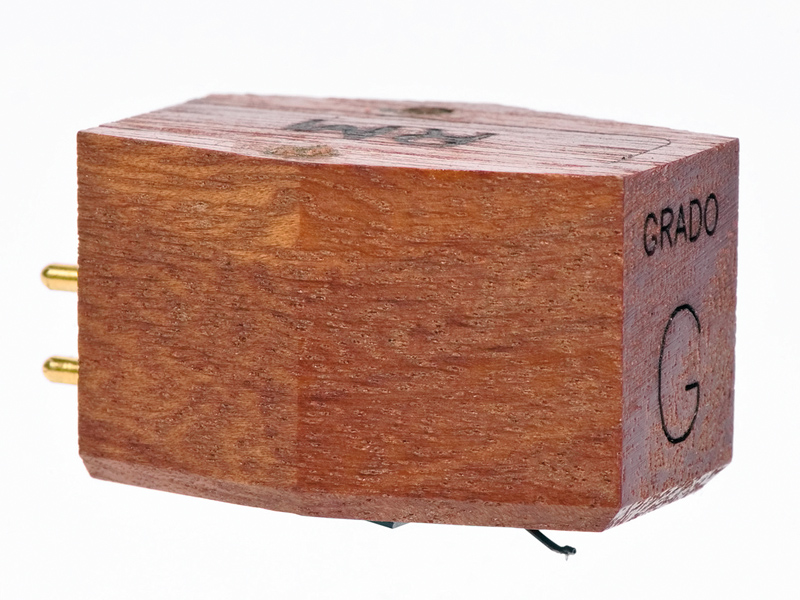TechRadar Verdict
It is good on bass and is very energetic but it doesn't offer the same level of detail of some similarly priced rivals
Pros
- +
Bass is good
- +
There's plenty of life and energy in the sound
Cons
- -
Detail never quite seems to shake itself free of veiling
- -
Often hard to follow inner details with some forms of music
Why you can trust TechRadar
Apart from its highly-regarded headphones, Grado makes quite a wide range of cartridges such as this one, the Grado Reference Master 1. This is unusual in one particular respect: all of them come under the broad heading of 'moving magnet'.
The majority of high-end cartridges, now and back to the 1950s, have used the moving-coil principle, but Grado explains on its website why this is not necessarily the answer to all the world's ills and resolutely produces high-end moving-magnet designs.
Some of these are low-output types that will connect to the 'moving coil' input on a phono amp, but the Reference Master 1 is one is a 'traditional' high-output cartridge. Apart from the business of output voltage, however, this cartridge behaves more like a moving-coil type.
For a start, the stylus is not user-replaceable. That was always attractive, but inevitably it compromised system rigidity to some extent. The generator is built into an attractive wooden housing and the stylus guard is cleverly made of the same material – it fits in place with two pins and is one of the most reassuring guards we've seen.
Threaded holes in the top of the cartridge body make mounting easy and the middling mass of 6.5 grams makes it compatible with most arms.
Grado fits a nude elliptical diamond stylus to this model, at the end of a relatively long cantilever which has been designed to keep tip mass to a minimum. That's one way in which treble extension has been improved over the 20-odd kHz typical of old-school moving magnet cartridges, while the unusually low inductance of the generator also helps extend response and reduces sensitivity to cabling and loading capacitance. Tracking is fairly gentle at a recommended 1.5 grams.
Sound quality
Sign up for breaking news, reviews, opinion, top tech deals, and more.
We were surprised to find ourselves a little disappointed at this cartridge's performance as past experience with Grado models has been most encouraging.
Although there is a lot to like including good rhythm and some very impressive bass, we never managed to get the sort of detail out of it that some of its peers can manage. We fiddled extensively with tracking force, arm height and all the other setup parameters including loading, and while we did establish that arm height (vertical tracking angle) is rather critical for this model, we still didn't quite banish a mild degree of veiling.
Do lower the arm base a millimetre or three, though, it's well worth the trouble. As a result, the sound is unusually dependent on musical style. Bassy stuff like rock – especially if it's of the non-arty variety – is very well served and has the kind of kick and energy that one very seldom hears from digital recordings and, frankly, all too seldom from analogue.
We were also very taken with the sound of piano, which has excellent body and an unusually good balance between initial impact and subsequent decay. Solo voice isn't bad either, though we felt the Grado is kinder to male voice than female, which can at times seem just a touch harsh.
What doesn't work so well is music with a wide frequency range and lots of instruments or voices. The more musicians are involved, the harder it is to work out what each one is doing. More to the point, it feels as if a film has descended which lessens the actual impact of the music on the listener.
One might not always want to listen analytically, but having to listen hard just to follow the thread is more like hard work than one wants to experience after buying and installing a high-end system.
Follow TechRadar Reviews on Twitter: http://twitter.com/techradarreview
